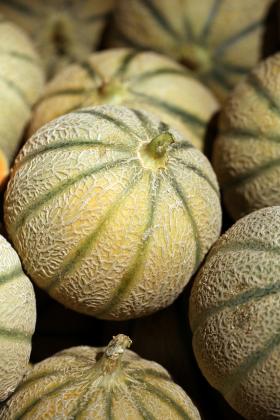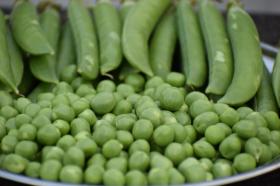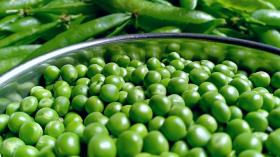
SALAD - SALAD BOWL, organic seeds, heirloom
Lactuca sativa L.
A superb long lasting variety, large, medium-green, slow bolting, non-heading and decidedly tender variety that will provide a steady supply of leaves over an extended period. Heirloom.Growing salad is a simple and rewarding process. Here's a step-by-step guide on how to grow salad greens:
1. Choose Salad Greens:
- Select a variety of salad greens based on your taste preferences. Common choices include lettuce, arugula, spinach, kale, and mixed greens.
2. Select a Suitable Growing Area:
- Salad greens thrive in well-draining soil. Whether you're planting in a garden bed, containers, or raised beds, ensure the soil is loose and fertile.
3. Sowing Seeds:
- Scatter seeds evenly over the prepared soil. Press them lightly into the soil or cover them with a thin layer of soil. Follow the recommended spacing on the seed packet.
4. Sunlight:
- Salad greens prefer partial shade to full sun. Ensure they receive at least 4-6 hours of sunlight daily.
5. Watering:
- Keep the soil consistently moist. Water the plants at the base to prevent water from settling on the leaves, which can lead to diseases. Use a gentle spray to avoid displacing the seeds.
6. Thinning:
- Once the seedlings have grown a few inches tall, thin them to ensure proper spacing. Thinning prevents overcrowding and encourages healthy growth.
7. Fertilizing:
- Use a balanced, water-soluble fertilizer or organic compost to provide nutrients. Salad greens generally do not require heavy fertilization.
8. Harvesting:
- Harvest the outer leaves of the salad greens when they reach a size suitable for consumption. Use clean scissors or shears to cut the leaves, allowing the center to continue growing for future harvests.
9. Successive Planting:
- To ensure a continuous supply, consider successive planting every few weeks. This staggered approach provides a steady harvest over an extended period.
10. Pests and Diseases:
- Keep an eye out for pests such as aphids and snails. Use organic pest control methods if necessary. Regularly inspect plants for signs of diseases, and promptly address any issues.
11. Companion Planting:
- Consider companion planting to deter pests and enhance growth. For example, planting aromatic herbs like basil or chives near salad greens can help repel unwanted insects.
12. Container Gardening:
- If space is limited, grow salad greens in containers on balconies or patios. Ensure the containers have good drainage, and use quality potting mix.
Growing salad greens at home allows you to enjoy fresh and nutritious produce. It's a flexible and convenient way to add vibrant greens to your meals.
Packet 100 seeds








